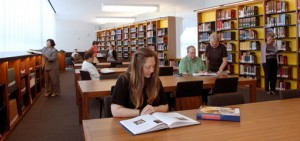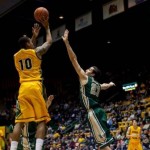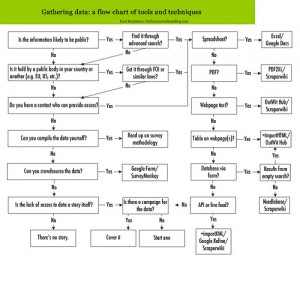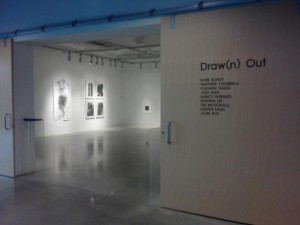On Friday April 19, George Mason University president Ángel Cabrera hosted an open forum on the website Reddit. The forum offered Mason student “Redditors” the opportunity to ask Cabrera questions regarding Mason life.

Courtesy of newsdesk.gmu.edu
Cabrera’s “Ask Me Anything” (often referred to as an “AMA” by “Redditors”) was posted on the GMU Sub-Reddit. Sub-Reddits are sub-sections of the site with content dedicated to a particular genre or subject.
As of writing this, the “I am Ángel Cabrera, President of George Mason University. Ask Me Anything!” has accrued a total of 69 up-votes from Redditors, making it the most popular thread on the GMU sub-Reddit.
I personally thought that the AMA was a successful effort by Cabrera to reach out to Mason students in a bold, innovative fashion. Cabrera has shown himself to be social-media-savy in the past, such as through his twitter account, and this AMA seemed to be a natural progression of his social media presence.
I particularly enjoyed his response to the question of whether or no GMU is trying to distance itself from it’s “commuter school” notoriety.
“The commuter/residential distinction doesn’t capture what we’re about or what a modern university will be about,” Cabrera said. “We serve residential students, and working professionals; career starters and career switchers… some live on campus, some commute, some take classes online.”
We’re a comprehensive research university, committed to finding ways to serve people’s needs whatever those are…can’t fit us in an easy category!”








